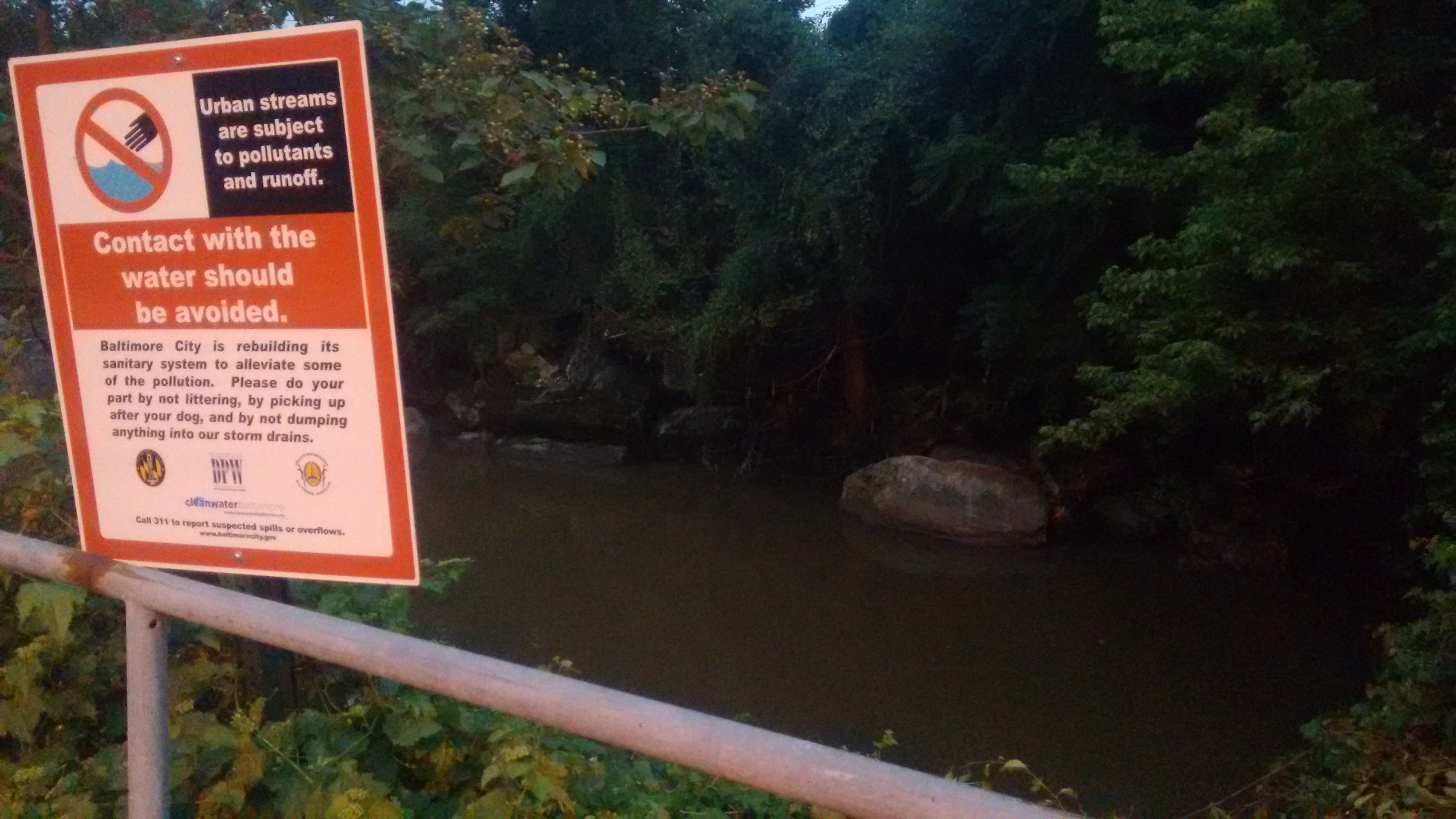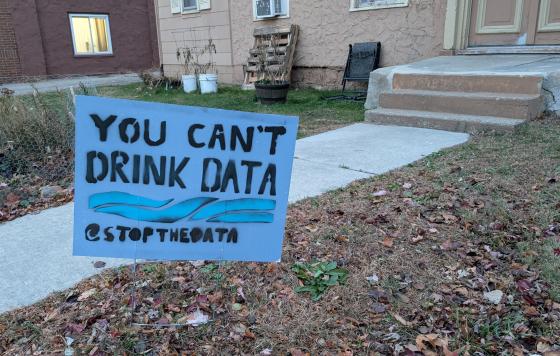
Last year, over 5,000 basement backups were reported to 311 in Baltimore City. The number of basement backups has increased over the years with such a large number of people having to deal with the issue. Baltimore City’s Emergency Response Plan does not require the city to clean up after a basement backup, forcing many homeowners to spend thousands of dollars and expose themselves to an unhealthy environment. Basement backups occur in many places across the United States, and their responses to cleanup and financial plans are described below.
Baltimore City’s Emergency Response Plan (ERP) describes procedures to follow during wastewater emergency situations or building backups. Its goals are to respond to, find, and eliminate the overflow source quickly, but this does not include requirements to assist residents with cleanup. Sewage carries bacteria and viruses that can be a serious threat to people and their pets. It also carries toxic substances, including drugs and pesticides. It is extremely important to avoid contact with sewage after a basement backup because contact can result in illness and even death. Hamilton County, Ohio has free cleanup or reimbursement for eligible homeowners if backup was caused by public sewer, which is something that Baltimore City does not provide. To be eligible the property must be within the Metropolitan Sewer District (MSD) service area and the backup must be caused by a public sewer. In Royal Oak, MD the Department of Public Services should be contacted immediately or the police department will dispatch a sewer representative, both to investigate the problem. The city will clear the line if the problem is within the City main sewer line. Although Monroe County, NY does not provide cleaning services, their website provides companies that sell and rent cleaning materials, along with companies that can handle cleanup, emphasizing the need to clean up the sewage as quickly as possible. Baltimore City does not provide any such guidance with finding assistance cleaning a sewage backup, leaving residents to find a company online or clean it up themselves.
Every three months, Baltimore City releases a Quarterly Report describing work done on the sewage system in that time period and listing locations where overflows into streets and streams and building backups happened. Below is a chart that shows per quarter the number of backups, backups that occurred as a result of a rain event, the number of legal claims filed against Baltimore City for financial damages, and whether they have been closed or not.
| Oct-Dec 2017 | Jan-Mar 2018 | Apr-Jun 2018 | Jul-Sep 2018 | Oct-Dec 2018 | Jan-Mar 2019 | |
|---|---|---|---|---|---|---|
| Number of backups | 1,269 | 1,521 | 1,411 | 1,166 | 1,070 | 985 |
| Number caused by wet weather | 114 | 342 | 355 | 428 | 322 | 261 |
| Percent caused by wet weather | 9% | 23% | 25% | 37% | 30% | 27% |
| Number of ERP applications | 18 | 20 | 68 | 39 | 46 | 58 |
| Claim Status: Open | 18 | 15 | 36 | 22 | 42 | 28 |
| Claim Status: Closed | 0 | 5 | 32 | 17 | 4 | 30 |
This chart shows that each quarter there are about 1,000 basement backups occurring. Rain events count for 9%-37% of basement backups each quarter. There are very few General Claims applications submitted and even fewer claims closed. With over a thousand of backups happening almost every quarter, the highest number of claims submitted was 68. The General Claims program is not helping as many people as it should.
Other places around the United States have programs and plans for residents who have basement backups. Within the state of Maryland, Montgomery County has a program that provides financial assistance to protect homes from sewer backups. Up to $4,400 is available for assistance. This Montgomery County program provides assistance for homes to protect them to prevent basement backups, unlike the Baltimore City program which can only provide assistance after a backup and only provides up to $2,500 for reimbursement. Johnson County, Kansas has a backup Prevention Program for homeowners living in Johnson County. The program provides funding to homeowners who are eligible for the program which includes installing a backup prevention device or make plumbing modifications on their property. Again, this program provides preventative measures, something Baltimore City does not have a program for. The League of Minnesota Cities has a trust that was created to help members reduce overall cost of sanitary sewer claims. The trust works as a sanitary sewer incentive program for members who meet certain criteria. Members have greater control over out of pocket payments due to basement backups and maintaining sewer lines before a backup happens.
Last year, Baltimore City launched a new Expedited Reimbursement Program, required by the Modified Consent Decree, to help more people more quickly with expenses from sewage backups. However, it requires that the backup must be a result of a wet weather event, homeowner must notify 311 within 24 hours, file must be reported within 90 days of backup, and homeowners must file insurance before being eligible for reimbursement. The program will only reimburse up to $2,500, only covering cleaning and disinfecting costs, not property damage. This amount of money is not adequate for the costs homeowners actually end up spending due to basement backups, and programs in other places have a higher cap or no cap at all. This plan also does not allow for preventative measures and the money can only be used after the backup and after a claim has been approved. In a few weeks, we will have information about how many people applied for this program and how many of those were reimbursed.
Learning about how other cities and counties respond basement backup cleanup and reimbursement, Baltimore City can use this information to improve the programs currently in place to help homeowners and residents with raw sewage overflowing into their homes.


